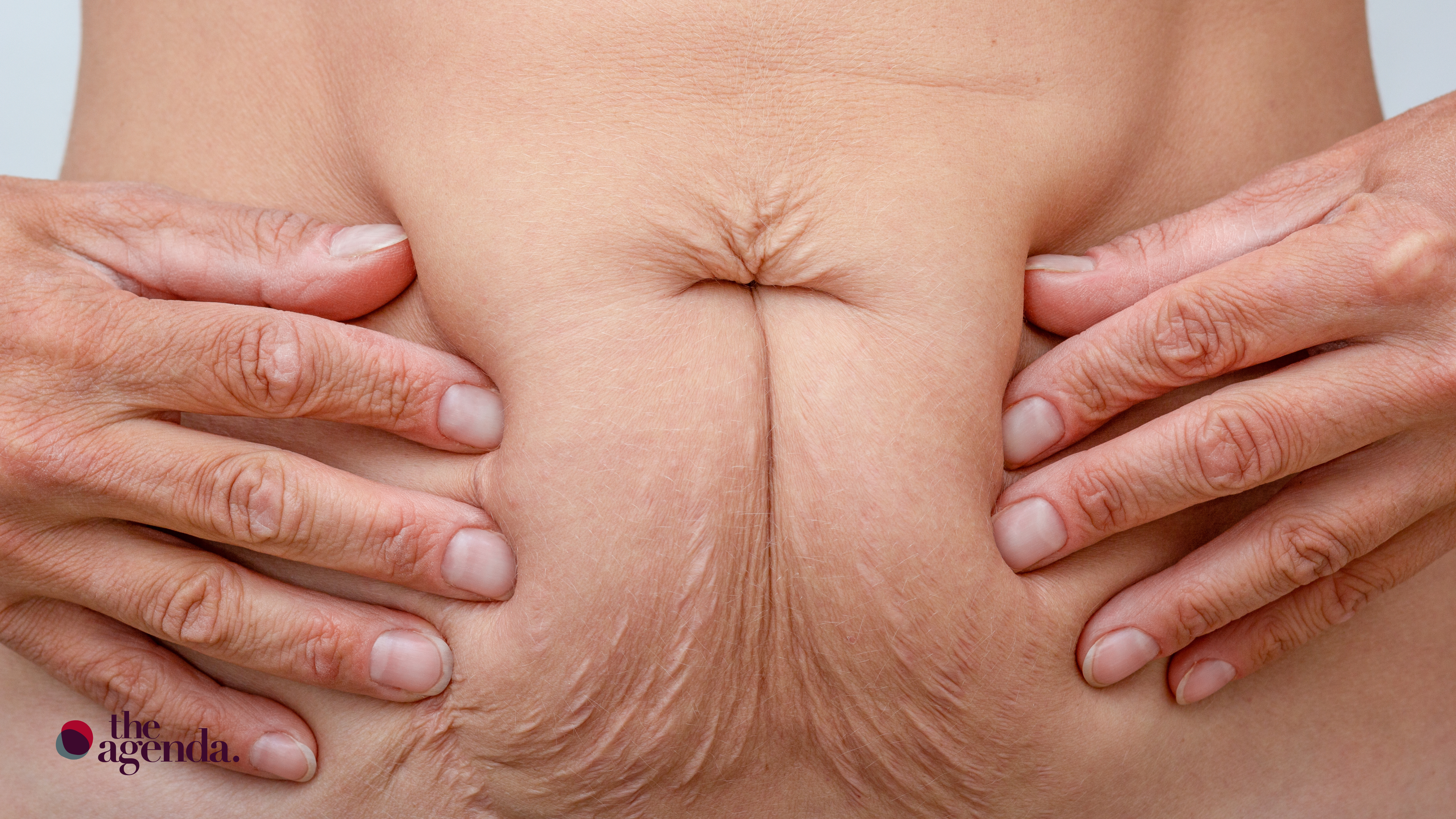…and What to Do About It!

We’ve all heard about cortisol—the infamous “stress hormone.” It gets blamed for belly fat, fatigue, and even that wired-but-tired feeling that keeps you awake at night but leaves you dragging in the morning. And while cortisol plays an important role in every body, the way it impacts women is different—especially if you’re living in sync with your menstrual cycle (or navigating perimenopause).
If you’ve ever felt like stress hits you harder than the men in your life—or that no matter how much you try to “relax,” your body still feels out of balance—you’re not imagining it. Let’s break down why women’s relationship with cortisol is unique, and what you can do to support your body.
Cortisol 101: A Quick Refresher
Cortisol is produced by your adrenal glands and helps regulate your body’s stress response. In short bursts, cortisol is actually helpful—it helps you wake up, energizes you to meet challenges, and keeps inflammation in check.
But the problem arises when cortisol stays elevated for too long. Chronic stress means your body is constantly pumping out cortisol, which can lead to:
- Weight gain (especially around the midsection)
- Blood sugar swings
- Anxiety and irritability
- Poor sleep
- Menstrual irregularities
And here’s where it gets really interesting: women’s cortisol response is shaped by our cyclical hormones.
Women’s Hormones + Cortisol: A Complex Dance
Unlike men, whose hormones follow a fairly predictable 24-hour rhythm, women live on a roughly 28-day cycle. Estrogen and progesterone rise and fall throughout the month—and cortisol interacts with these hormones in unique ways.
- Follicular Phase (post-period → ovulation): Estrogen is on the rise, and it tends to buffer cortisol. This is why you might feel more energized, confident, and capable of handling stress during this part of your cycle.
- Luteal Phase (post-ovulation → period): Progesterone takes the lead, and your body can be more sensitive to cortisol spikes. That’s why stress feels heavier, moods dip, and sleep gets disrupted in the week before your period.
- Perimenopause and Beyond: As estrogen and progesterone fluctuate more dramatically—or decline altogether—cortisol can easily become dominant. This can amplify stress symptoms, hot flashes, and weight changes.
Simply put: women’s bodies are more sensitive to stress because of the way cortisol interacts with our cyclical hormones.
Why the “Old Way” Doesn’t Work
If you’ve tried to manage stress the “traditional” way—through intense workouts, strict diets, or simply trying to “push through”—you’ve probably noticed it doesn’t work. That’s because many wellness programs are designed around men’s biology, not women’s.
For example:
- High-intensity workouts every day may actually spike cortisol, especially during your luteal phase.
- Restrictive dieting raises stress hormones and backfires by making your body hold onto fat.
- Ignoring your cycle means you’re working against your biology instead of with it.
It’s not you—it’s the wrong operating manual.
The good news? You can actually work with your hormones to better manage cortisol and reduce its impact on your body. Here’s how:
1. Move with Your Cycle
- Follicular Phase: Your body is primed for higher-intensity workouts—HIIT, strength training, or fast-paced cardio can work with your cortisol here.
- Luteal Phase: Focus on lower-impact movement—walking, yoga, pilates—to reduce stress and keep cortisol steady.
2. Eat for Cortisol Balance
- Protein + Healthy Fats: Keep blood sugar stable, which prevents cortisol spikes.
- Complex Carbs: Especially helpful in the luteal phase for calming your nervous system.
- Magnesium-rich foods (pumpkin seeds, leafy greens, dark chocolate): Help regulate cortisol and support sleep.
3. Prioritize Recovery
Sleep is when your body resets cortisol levels. Aim for 7–9 hours and create a bedtime routine that signals to your body it’s safe to rest.
4. Practice Nervous System Resets
Simple practices like deep breathing, grounding walks, or journaling can signal safety to your body and lower cortisol.
Cortisol, Weight, and the War We’ve Been Sold

So many women blame themselves when they struggle with weight loss, belly fat, or burnout. But the truth is: your biology isn’t broken. You’ve just been trying to manage it with tools designed for someone else’s body.
When you learn how to sync your nutrition, movement, and recovery to your cycle, cortisol becomes something you can work with—instead of constantly fighting against.
Final Word
Cortisol isn’t the enemy—it’s a messenger. And when you learn to listen to it through the lens of your cycle, you can finally step off the stress rollercoaster and into a way of living (and losing weight) that feels supportive, sustainable, and in sync.
